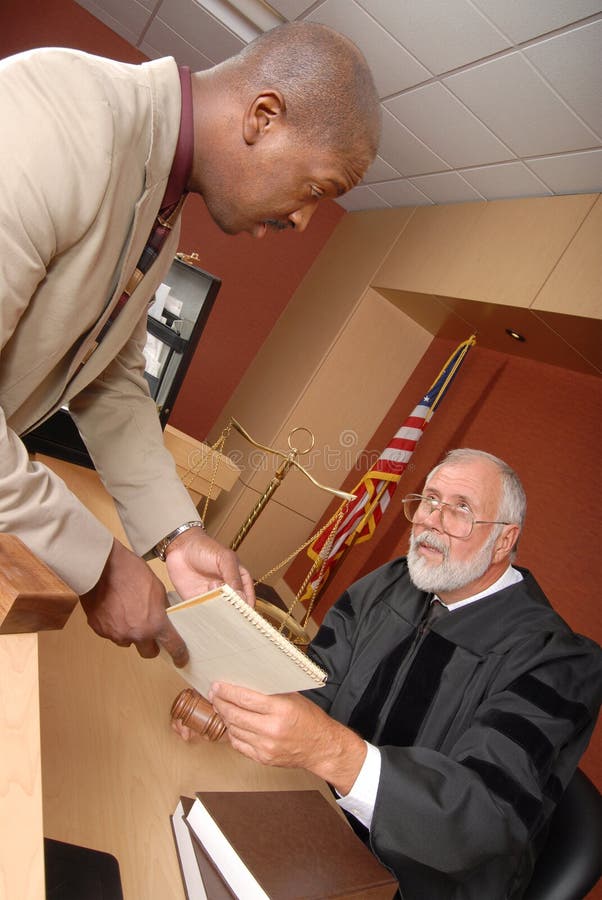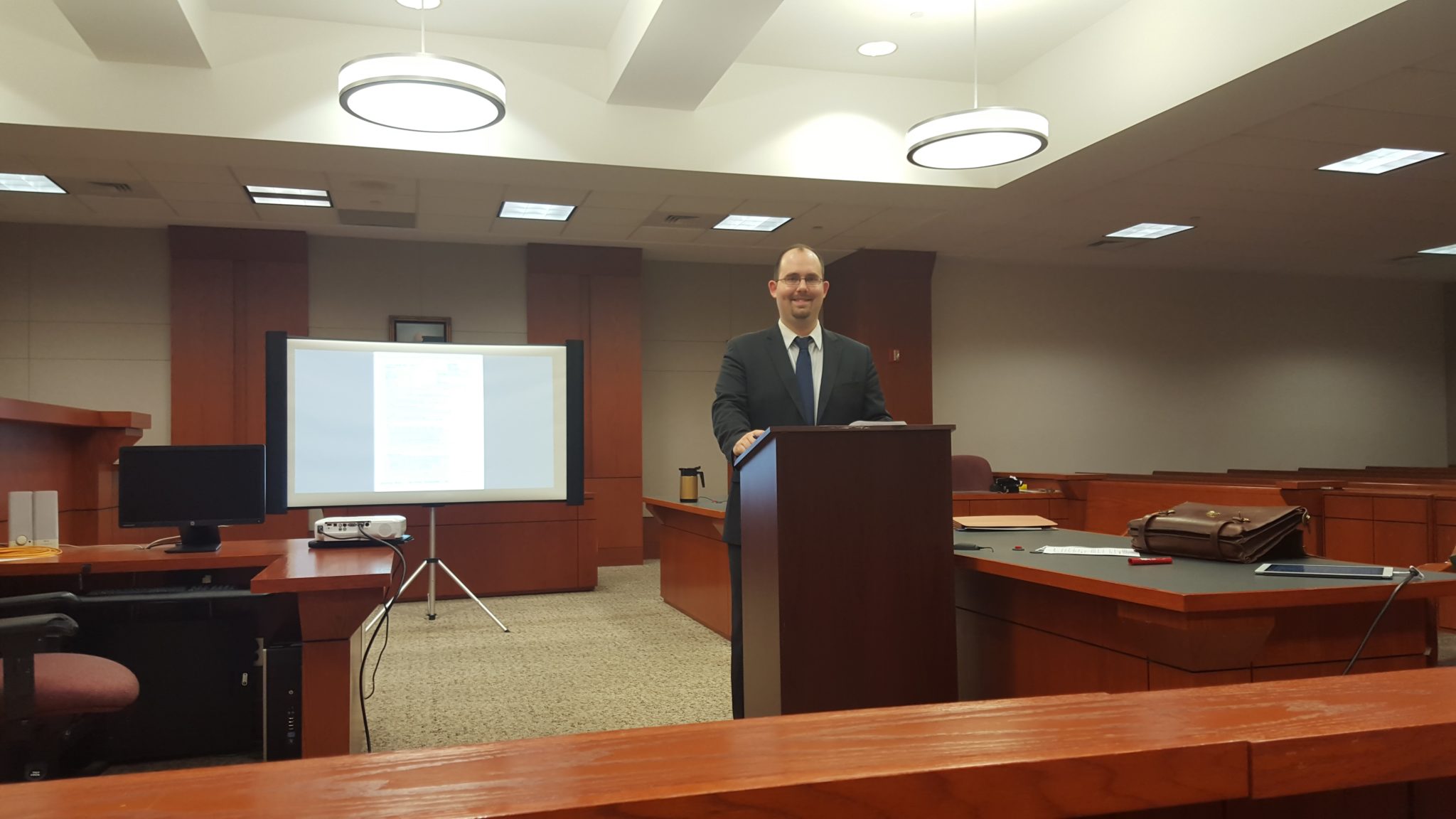Browsing the Complexities of Test Presentations: Tips for Seamless Shipment and Engaging Disagreements
In the world of legal proceedings, the art of trial discussion stands as an essential factor of success. As lawyers navigate the detailed web of court dynamics, the capability to effortlessly provide debates and evidence while astounding the court's interest becomes vital. The intricacies fundamental in test presentations require a fragile equilibrium of finesse, approach, and ability. By developing methods that make certain a polished shipment and crafting engaging debates that reverberate with the audience, lawyers can dramatically enhance their advocacy. In a world where persuasion preponderates, understanding the details of trial presentations is not merely an option however a requirement for those looking for to dominate in the court room.

Recognizing Trial Goals
To successfully browse a test, it is crucial to have a clear understanding of the objectives that need to be accomplished. Before entering the court, lawful groups need to specify their goals and desired outcomes. These objectives function as directing principles throughout the trial, shaping techniques and influencing decision-making processes.
Understanding test purposes entails a thorough evaluation of the instance, lawful precedents, and the client's benefits. Trial Presentations. It requires a meticulous examination of the facts, identifying key concerns, and anticipating possible obstacles. By establishing measurable and specific goals, lawyers can customize their discussions and debates to line up with the preferred results
In addition, a clear grip of trial goals allows legal groups to focus on evidence, witnesses, and lawful disagreements efficiently. It allows for the growth of a meaningful narrative that reverberates with the court and jury, enhancing the overall instance presentation.

Organizing Evidence Effectively
Having a clear understanding of trial goals lays the foundation for organizing proof effectively in lawful process. By lining up the discussion of evidence with the wanted outcomes of the test, legal groups can reinforce their disagreements and boost their persuasiveness.
One more crucial element in arranging evidence successfully is establishing a rational circulation. Presenting proof in a consecutive and coherent way can aid build a compelling narrative that sustains the lawful disagreements being made. In addition, using visual help such as timelines, graphs, or graphes can better enhance the organization of evidence and aid in making clear complex connections or series of occasions.
Furthermore, guaranteeing that all proof offered is admissible and relevant to the instance is essential. Unimportant or inadmissible proof can diminish the toughness of the debate and possibly damage the reliability of the here and now celebration. As a result, a precise evaluation and selection process should be carried out to consist of just one of the most legally audio and impactful proof in the test discussion.
Crafting Influential Narratives
Crafting engaging stories plays a pivotal function in link providing persuasive arguments during lawful process. When creating a narrative for a trial discussion, it is important to develop a clear storyline that highlights crucial points and links them in a coherent way. By weaving with each other evidence, testament, and legal disagreements right into a persuasive and cohesive story, lawful experts can successfully promote for their clients and increase the chance of a beneficial result in the court room.
Grasping Aesthetic Help
Effective use of aesthetic help is vital to improving the influence and clarity of trial presentations. Aesthetic help, when made use of strategically, have the power to simplify complicated details, enhance bottom lines, and leave a lasting perception on the court and court. To understand aesthetic help in trial presentations, it is important to make sure that they are clear, succinct, and pertinent to the debates being made.
When incorporating visual aids, such as charts, timelines, pictures, or charts, right into a test you could try these out discussion, it is necessary to maintain them aesthetically appealing yet expert. The visuals need to enhance the spoken debates, giving a graph of the info being gone over without overwhelming the audience with unnecessary details.
Moreover, experimenting the aesthetic help in advance is imperative to make certain a smooth shipment during the trial. Acquainting oneself with the material, shifts, and timings of each visual help can aid preserve the flow of the presentation and protect against technical glitches that might develop.
Providing Impactful Closing Arguments
A compelling closing debate serves as the end result of a trial discussion, his comment is here encapsulating the core narrative and encouraging the judge and court in the direction of a beneficial choice. Begin by outlining the primary arguments that support your customer's setting, stressing why the evidence provided throughout the test sustains your narrative.
Additionally, including emotional charm can better strengthen your closing disagreement. By linking and humanizing the instance on a personal level with the decision-makers, you can stimulate compassion and understanding, affecting their perception of the truths provided. In addition, reiterating the legal requirements that need to be fulfilled for a favorable ruling can reinforce the credibility of your setting. Inevitably, a well-crafted closing disagreement need to leave a lasting impression, compelling the court and jury to rule in your client's favor.
Final Thought
To conclude, grasping trial presentations involves understanding purposes, arranging proof, crafting narratives, utilizing visual help, and supplying impactful closing debates. By carrying out these methods successfully, attorneys can present their case seamlessly and make engaging disagreements in the court. It is essential to navigate the intricacies of test presentations with accuracy and ability to achieve success in legal process.
By lining up the presentation of proof with the preferred results of the trial, lawful teams can strengthen their debates and improve their persuasiveness (Trial Presentations). To master aesthetic aids in trial presentations, it is critical to make sure that they are clear, concise, and pertinent to the disagreements being made
A compelling closing debate serves as the end result of a test presentation, enveloping the core narrative and encouraging the judge and court towards a desirable choice. Begin by describing the major disagreements that support your client's position, highlighting why the evidence provided throughout the test supports your narrative.In final thought, mastering trial discussions includes recognizing goals, organizing evidence, crafting narratives, making use of visual help, and delivering impactful closing disagreements.